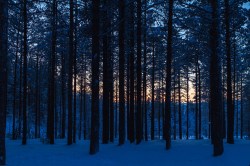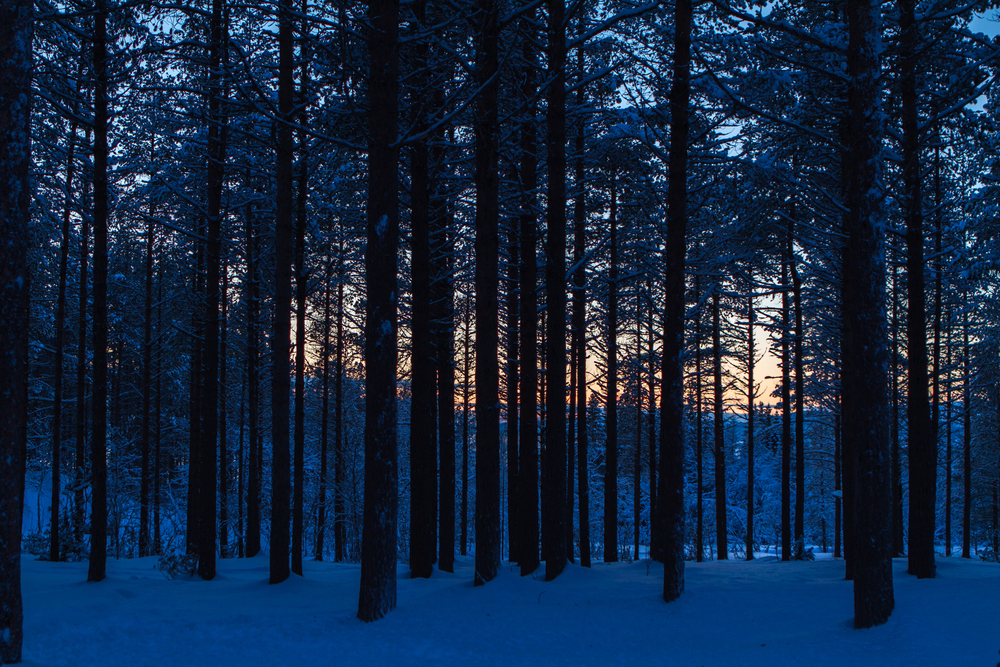
Shutterstock / Anders HanssenForests are marching northward into the Arctic.
Where not so long ago there was nothing but ice, now there are miles of forests.
As frigid Arctic tundras have melted during the past 30 years, swaths of the northern lands have grown over with lush stands of trees, bushes, and other plants. That’s the conclusion of NASA-funded scientists who studied 30 years of satellite data. They published their results Sunday in the journal Nature Climate Change.
“In the north’s Arctic and boreal areas, the characteristics of the seasons are changing, leading to great disruptions for plants and related ecosystems,” said one of the researchers, Ranga Myneni. From NASA:
As a result of enhanced warming and a longer growing season, large patches of vigorously productive vegetation now span a third of the northern landscape, or more than 3.5 million square miles (9 million square kilometers). That is an area about equal to the contiguous United States. This landscape resembles what was found 250 to 430 miles (400 to 700 kilometers) to the south in 1982.
“It’s like Winnipeg, Manitoba, moving to Minneapolis-Saint Paul in only 30 years,” said co-author Compton Tucker of NASA’s Goddard Space Flight Center in Greenbelt, Md.
The Arctic’s greenness is visible on the ground as an increasing abundance of tall shrubs and trees in locations all over the circumpolar Arctic. Greening in the adjacent boreal areas is more pronounced in Eurasia than in North America.
An amplified greenhouse effect is driving the changes, according to Myneni. Increased concentrations of heat-trapping gasses, such as water vapor, carbon dioxide and methane, cause Earth’s surface, ocean and lower atmosphere to warm. Warming reduces the extent of polar sea ice and snow cover, and, in turn, the darker ocean and land surfaces absorb more solar energy, thus further heating the air above them.
If the ice is going to melt, it could be nice to get some greenery as consolation. (A forest beats a shipping lane.) But as the climate continues to change, the Arctic transition might not prove that straightforward.
However, researchers say plant growth in the north may not continue on its current trajectory. The ramifications of an amplified greenhouse effect, such as frequent forest fires, outbreak of pest infestations and summertime droughts, may slow plant growth.
Pest infestations and forest fires in the once-icy Arctic. Ouch.



